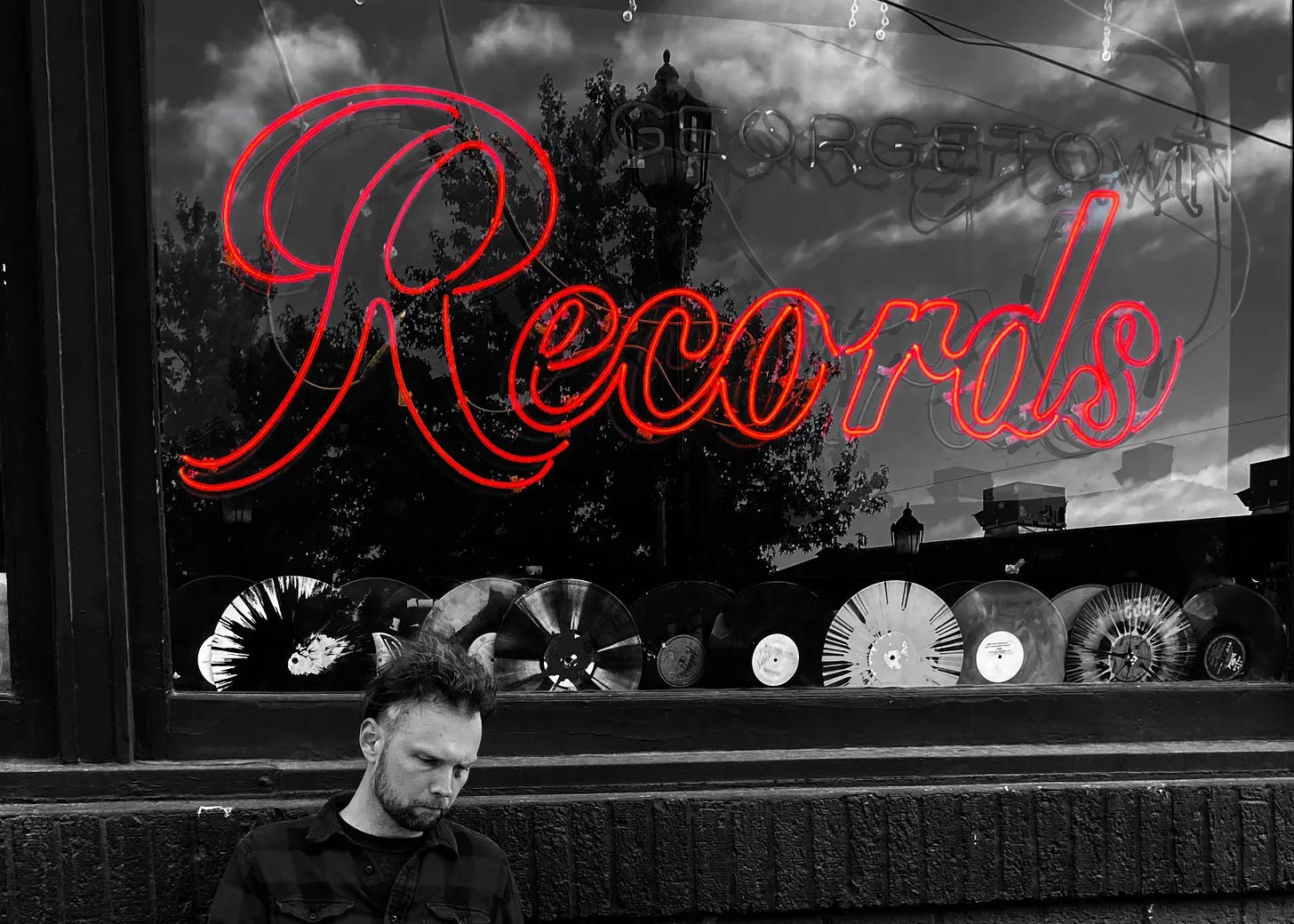What is Music?
Let's start with vinyl records.
During the pandemic of 2020, vinyl record sales boomed.
$626 million in profit — surpassing CD’s — rolled into the pockets of vinyl record purveyors.
This is not a coincidence. COVID-19 social isolation and lockdown mandates fractured us from each other, leaving a craving for the physical — some semblance of the real, when only the abstract imaginings on our screens and in our heads dominated our lives.
Why Vinyl Records?
Human beings are physical creatures. Music, like sex, requires the physical experience to feel real.
At the end of the day, we want something tangible, something to associate with the object of our desire.
We want not merely the airy quality of art as an idea, but the rational and relational quantity that is the object on our shelf.
A vinyl record is that literal touchstone for music, a look and touch and smell that grounds the music to us, reminds us of why we liked the tunes in the first place.
Music without the physical is mere pornography, a shadow of the experience at best.
It’s easy to dismiss vinyl record collecting as a nostalgic affectation. A pastime of bored hipsters. But the practice implies something deep about us. Homo sapiens long for the physical, despite our cognitive and imaginative natures.
Future music technologies will have to provide this physicality, an experience that the current tech — Spotify, et al. — fails to provide. We’ve found ourselves in an algorithm-driven music universe, where the compulsion to “skip” is the most effort we’ll put into our participation in this art form.
So what is music? Not merely the notes, rhythms, harmonies and screams. Music is not a sound; it’s an embodiment. A record, a CD, a grand piano or a twirk — that’s what music is.



